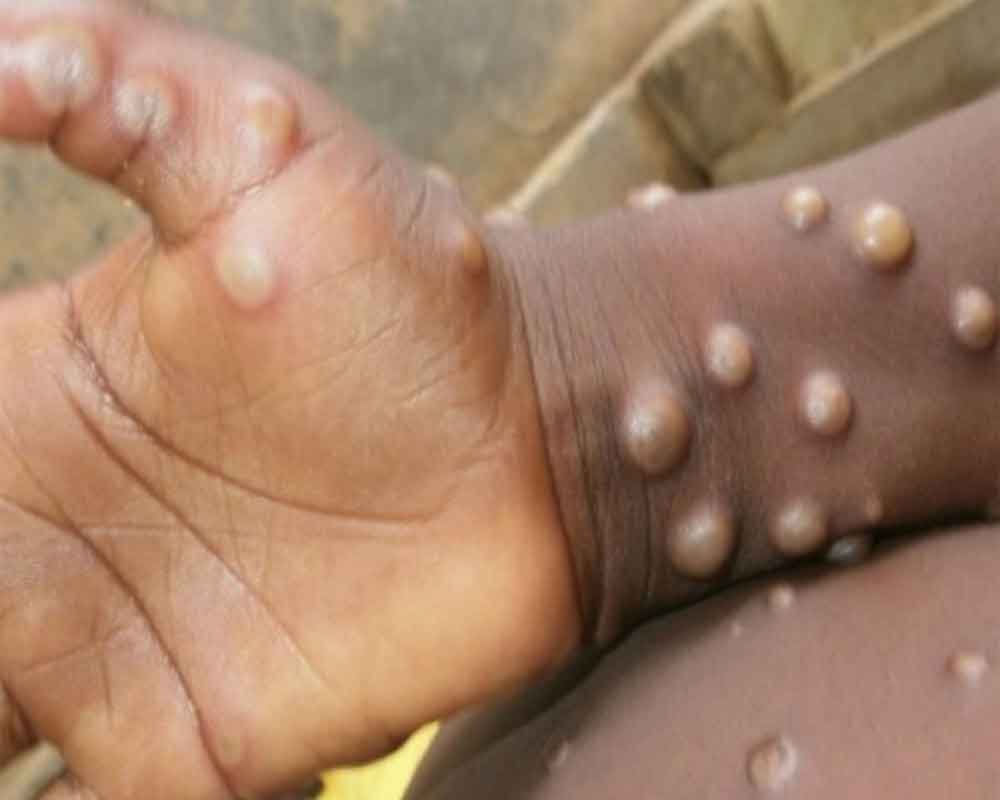As the number of monkeypox cases in the country rises, so do concerns about how to protect ourselves against this viral zoonotic sickness. Notably, on Sunday, the national capital announced its first case of monkeypox in a 31-year-old male with no travel history, making it India’s fourth case.
The virus first appeared in the nation on July 14, when a UAE visitor returned to Kerala. While the second case of monkeypox was recorded in Kannur, Kerala, on July 18, India announced its third case in Malappuram, Kerala, on July 22. The World Health Organization (WHO) declared monkeypox a worldwide health emergency last week.
As the incidents spread from state to state, residents may experience a wave of terror. However, by taking the proper measures, the infection can be avoided. The United Nations has suggested several strategies to protect ourselves against the virus.
– By restricting contact with those who have the illness or are confirmed cases.
– Those who live with sick persons should advise them to isolate themselves and, if possible, cover any skin breaks (for example, by wearing clothing over the rash).
– It is critical to use a face mask when in close proximity to an infected person, especially if they are coughing or have mouth sores, and when handling an infected person’s clothing or bedding. Wear disposable gloves to avoid skin-to-skin contact.
– Wash your hands frequently with soap and water or use an alcohol-based hand sanitizer, especially after touching the infected person, their clothing (including sheets and towels), or other items or surfaces (such as utensils or dishes) that may have come into contact with rashes or respiratory secretions.
– Clean and disinfect any contaminated surfaces, appropriately dispose of contaminated trash (such as dressings), and wash the infected person’s clothing, towels, bedding, and dining utensils in hot water and soap.
– Seeking medical assistance as soon as you notice any symptoms or develop rashes.
Monkeypox may be transmitted from human to person as well as animal to person contact. In the case of people, coming into touch with another infected individual by face-to-face, skin-to-skin, mouth-to-mouth, or mouth-to-skin contact can result in monkeypox.
The Indian government has also released instructions on the monkeypox sickness.
The guidelines emphasise “monitoring and early identification of new cases as critical public health strategies for epidemic containment, requiring the reduction of the risk of human-to-human transmission.” It describes infection prevention and control (IPC) methods, IPC at home, patient isolation and ambulance transfer plans, extra precautions that must be followed, and the duration of isolation procedures.”
Furthermore, “contacts should be evaluated at least daily for the emergence of signs/symptoms for a period of 21 days (as per case definition) following the last contact with a patient or their contaminated items during the infectious period,” according to the guidelines.
The government guideline also urged people to “raise awareness and educate people about Monkeypox virus prevention measures, such as avoiding contact with any sick person’s material, isolating the infected patient from others, practising good hand hygiene, and using appropriate personal protective equipment (PPE) when caring for patients.”





